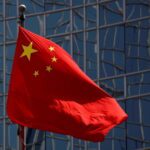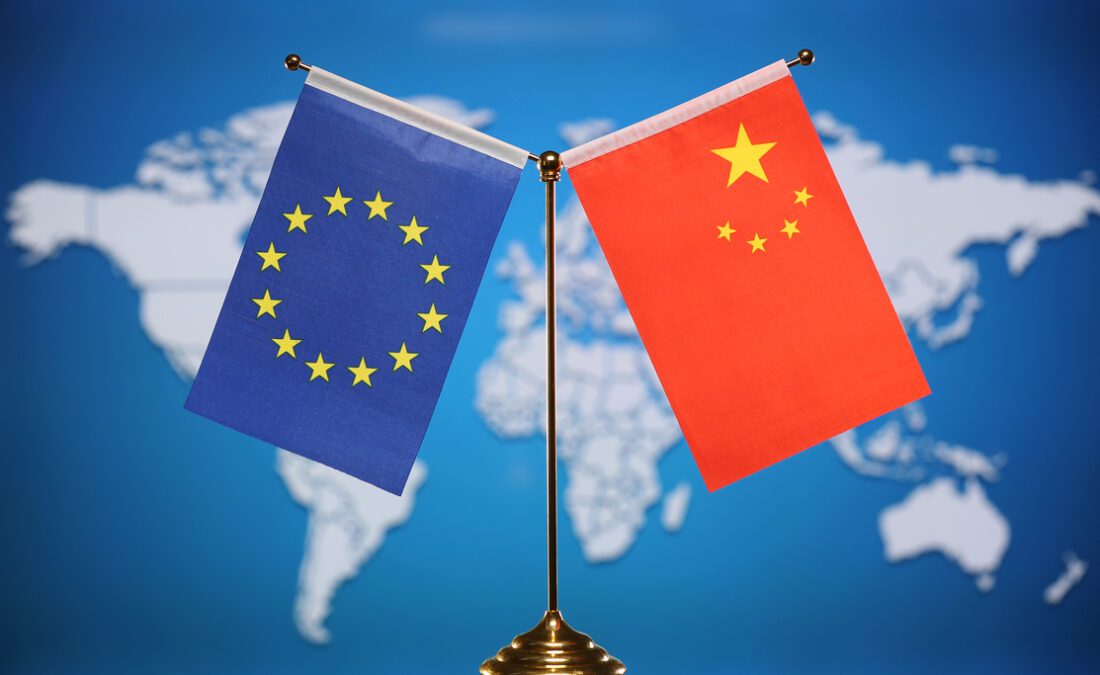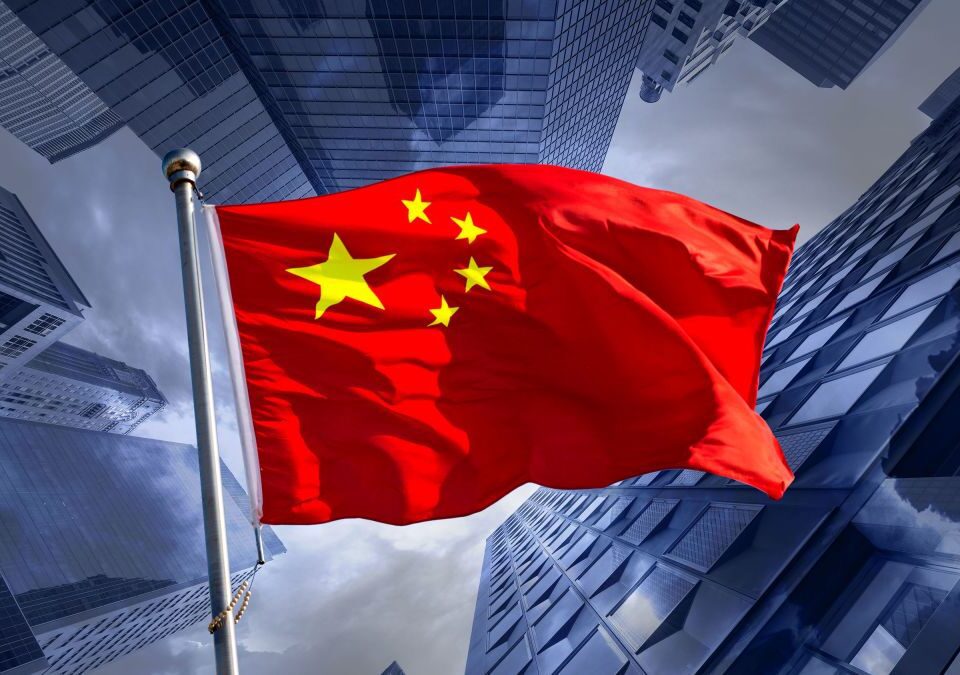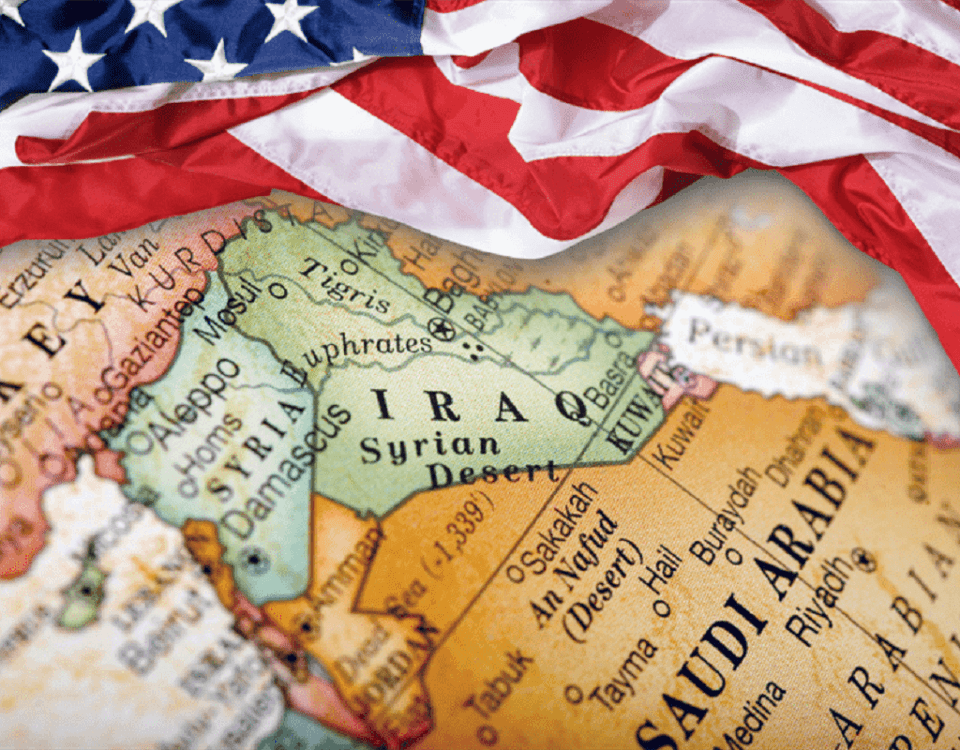
A New Chapter Unfolds: Pakistan and St. Kitts & Nevis Establish Diplomatic Ties
January 29, 2024
Unveiling the Coercive Mechanisms of China’s Soft Power Ascendancy
January 31, 2024
Hadia Safeer
Centuries of interaction between China and Europe can be traced to the historic Silk Road, which connected both societies by trade and cultural interchange. More recently, changes in diplomatic connections, economic alliances, and shifting geopolitical environments have all had an impact on this relationship. The magnitude of their combined economic and political clout, which has global ramifications, speaks volumes about the significance of this partnership.
Economically, an enormous power is the Europe-China axis. China’s trade with the European Union, one of its main trading partners, has increased dramatically over the years in terms of capital, goods, and services. European enterprises have discovered a big market in China, and this economic interdependence has been underlined by significant investments from Chinese companies in the energy, technology, and infrastructure sectors of Europe. Though it has also sparked worries about things like debt dependency and geopolitical influence, China’s massive infrastructure project, the Belt and Road Initiative, has further strengthened economic relations.
The complex dance of technological competition and cooperation between China and Europe demonstrates the depth of their relationship. China’s technology environment has been greatly influenced by European enterprises, particularly in sectors like the automotive industry where European engineering and design know-how has been essential. In a similar vein, European businesses have had a significant impact on the renewable energy space, contributing to China’s ambitious green energy projects. European companies have played a significant role in the high-tech manufacturing industry by providing advanced machinery and components that have been essential for China’s manufacturing capabilities to grow.
One of the main factors contributing to China’s explosive industrial growth and rise to prominence as a global manufacturing powerhouse has been the transfer of technology. Conversely, Chinese tech firms have achieved notable advancements in European markets. Once mainly domestic brands in China, these companies now have household names in Europe and sell everything from consumer electronics to telecom gear. Chinese businesses have invested in European IT companies, R&D facilities, and innovation hubs in addition to exporting goods.
Politically, China and Europe are in fact complex, characterized by a mixture of harmony and conflict. Their ability to collaborate toward shared objectives is demonstrated by their shared interests in global issues like health, economic governance, and climate change. The intricate and frequently contradictory nature of their diplomatic interaction is reflected in the fact that this cooperation coexists with notable contrasts in other domains, including human rights, governance styles, and strategic alignments. One area where China and Europe have reached an understanding is in the mitigation of climate change. In order to tackle climate change, both have committed to setting high goals under the Paris Agreement and participating in several bilateral and multinational projects.
Given that China and Europe are two of the world’s largest emitters and that their combined efforts can have a substantial impact on reducing emissions worldwide, this cooperation is essential. Another arena where there is competition and collaboration is economic governance. Being important trading partners, China and Europe’s economic actions have a big impact on the world economy. They have collaborated to advance global economic stability in forums such as the G20. Friction is, however, frequently caused by problems with trade imbalances, investment screening, and market access.
Another area of distinction is presented by governance models. The one-party state of China and the democratic systems in Europe result in different perspectives on individual rights, freedom of speech, and government. These distinctions can cause diplomatic problems and have an impact on their cooperation in other domains. Strategic partnerships add to the relationship’s complexity. Europe is frequently at odds with China because of its ties to the US, particularly through NATO, especially in light of the growing competition between the two countries.
This dynamic pushes European countries to undertake a delicate balancing act between preserving strong transatlantic relations and interacting with China, a major economic partner and a vital participant in global events. Security concerns have also taken the front stage in the partnership. European countries struggle to strike a balance between their long-standing alliances, especially with the US, and their economic links to China. The emergence of China as a major power has ramifications for both regional and international security, encompassing matters such as cybersecurity, NATO’s function, and maritime conflicts in the South China Sea.
Mutual perspectives and understanding have been shaped in large part by cultural and interpersonal exchanges. Tourism, cultural events, and educational exchanges have all flourished, promoting a greater understanding of one another’s histories and modern societies. In soft diplomacy, these interactions are essential for reducing tensions and laying the groundwork for closer bilateral ties. Relations between China and Europe are now more complicated as a result of the COVID-19 outbreak. Reassessments of global dependencies, discussions about health diplomacy, and interruptions to supply chains have resulted from the original outbreak and its subsequent global expansion.
A coordinated worldwide response to global crises is vital, and the epidemic has worked as a catalyst, speeding up changes in global leadership. The Sino-European partnership has potential as well as challenges in the future. The future course of their connections will be shaped by changes in political dynamics, global economic landscapes, and technological breakthroughs. China and Europe both want to safeguard their interests while promoting security and prosperity on a worldwide scale, so navigating these difficulties will call for a careful balancing act between rivalry and collaboration.
All things considered, the Sino-European relationship is a complex tapestry made up of threads such as political diplomacy, security concerns, cultural exchanges, economic interdependence, and common global challenges. Their contacts will surely continue to be crucial in forming the international order as these two global actors go forward.
The writer is a student of International Relations at International Islamic University Islamabad.






